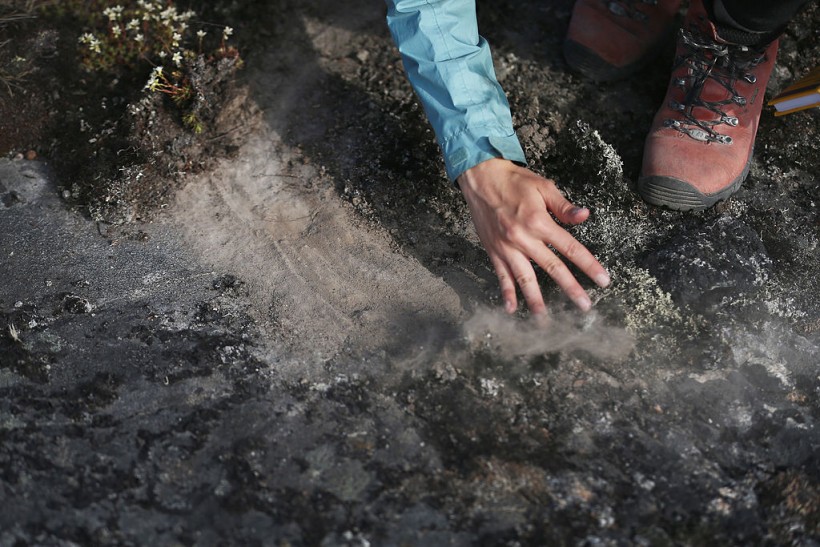Researchers have been on a quest to better understand the planets, providing new insights into the earliest species, environments, and disasters. In a recent report, the unique rock formations under the Pacific Ocean can offer new information about the early Earth.
Discovering more about Earth can provide new knowledge about the earliest species and ancestors. With advanced equipment and technology, scientists can better understand rock formations and fossils.
One of the significant areas is the Barberton Greenstone Belt, which has many secrets yet to be deciphered. According to reports, the region is considered a significant and well-preserved mid-Archean succession. With geological mapping, researchers can observe the volcanic sequences of the area, which can contribute to studying the planet's earliest rock formations.
Unique Rock Formations in the Pacific Oceans

(Photo : by Joe Raedle/Getty Images). Researchers explain that the strange rock formations in the Pacific Ocean can unveil new understanding about the planet.
The latest findings explain that the rock formations in the Pacific Ocean can unload new information about the planet, particularly from the earliest times. The geological formations in the Barberton Greenstone Belt show the young rocks in the Pacific Ocean near New Zealand.
The report observed large-scale submarine landslides in the Barberton Greenstone Belt and evidence for subduction and great earthquakes in the Paleoarchean.
According to the study, the researchers conducted a geological map in the said areas, unearthing fragments of seafloor that could date back about 3.3 billion years.
Researchers explained that the early Earth experienced large quakes that impacted the planet's tectonic plates. Although decoding the Barberton Greenstone Belt has been challenging, the new findings can help with Earth's understanding, noting that New Zealand's rock formations will help unravel the region and the subduction tectonic plates.
The Barberton greenstone belt showcases the unique rocks, with thick flows of komatiite and sedimentary sequences of banded-iron formations. The region also reveals the Archean tectonic processes based on the metamorphic sequences.
Oldest Earthquakes on Record
In a recent NWN report, researchers discovered the oldest earthquake, which was 3.3 billion years ago, at the Barberton Greenstone Belt in Africa, consisting of complex and ancient plate tectonics.
The findings revealed the phenomenon of subduction and the earliest quakes, which ranged from 3.2 to 3.6 billion years ago. The seismic activity discovery adds new knowledge about the planet's geological phenomenon.
According to the report, it can contribute to knowing more about the early living organisms and the emergence of life on Earth.
Also Read: Dinosaur Track Fossils in Alaska Provide New Information About Animal Movement, Environment
Dinosaur Track Fossils Found in Alaska
On the other hand, an international team worked together to uncover the fossils and tracks of dinosaurs in Alaska, bringing information about their environment and movement millions of years ago. The study was published in Geoscience.
The discovery explains that the fossils can range back from 90 to 100 million years ago. The tracks and fossils can decipher the ecosystems during their period amidst the problems of warming events.
Related Article: Oldest Earthquakes on Record Dating 3.3 Billion Years Ago Discovered at Barberton Greenstone Belt in Africa
For more similar stories, don't forget to follow Nature World News.
© 2024 NatureWorldNews.com All rights reserved. Do not reproduce without permission.

![Tsunami Hazard Zones: New US Map Shows Places at Risk of Flooding and Tsunamis Amid Rising Sea Levels [NOAA]](https://1471793142.rsc.cdn77.org/data/thumbs/full/70325/280/157/50/40/tsunami-hazard-zones-new-us-map-shows-places-at-risk-of-flooding-and-tsunamis-amid-rising-sea-levels-noaa.jpg)



